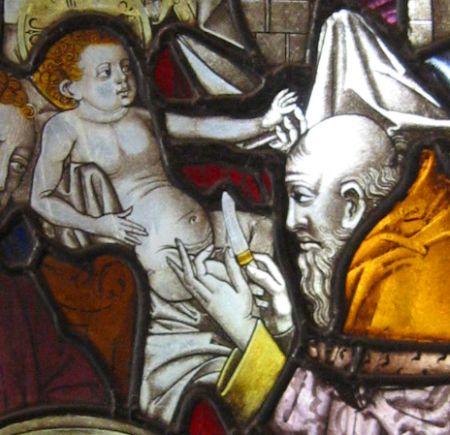New Year's Day is observed on January 1, the first day of the year on the modern Gregorian calendar as well as the Julian calendar used in ancient Rome. With most countries using the Gregorian calendar as their main calendar, New Year's Day is the closest thing to being the world's only truly global public holiday, often celebrated with fireworks at the stroke of midnight as the new year starts. January 1 on the Julian calendar currently corresponds to January 14 on the Gregorian calendar.
The Romans dedicated this day to Janus, the god of gates, doors, and beginnings. After Julius Caesar reformed the calendar in 46 BC and was subsequently murdered, the Roman Senate voted to deify him on the 1st January 42 BC in honour of his life and his institution of the new rationalised calendar.
Among the 7th century pagans of Flanders and the Netherlands, it was the custom to exchange gifts at the New Year.
Most countries in Western Europe officially adopted January 1 as New Year's Day somewhat before they adopted the Gregorian calendar.
In England, the Feast of the Annunciation on March 25, was the first day of the new year until the adoption of the Gregorian Calendar in 1752.
The March 25 date was known as Annunciation Style; the January 1 date was known as Circumcision Style, because this was the date of the Feast of the Circumcision, being the eighth day counting from December 25 when Christ was believed to be born.
This day was christened as the beginning of the New Year by Pope Gregory as he designed the Liturgical Calendar.





No comments:
Post a Comment